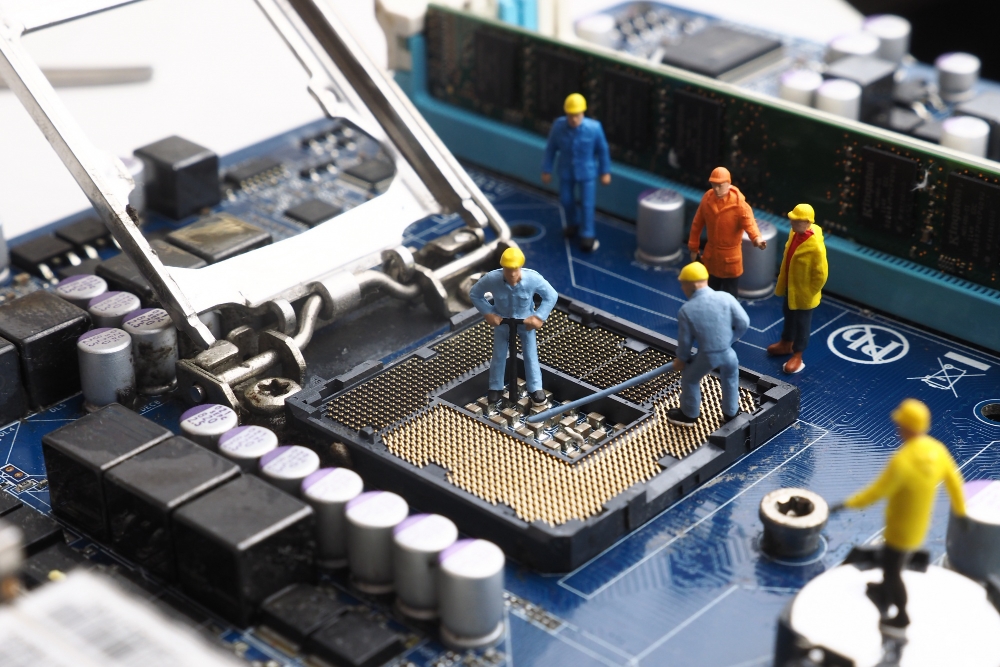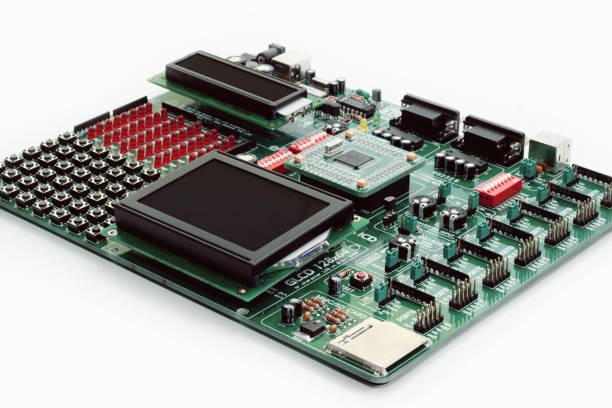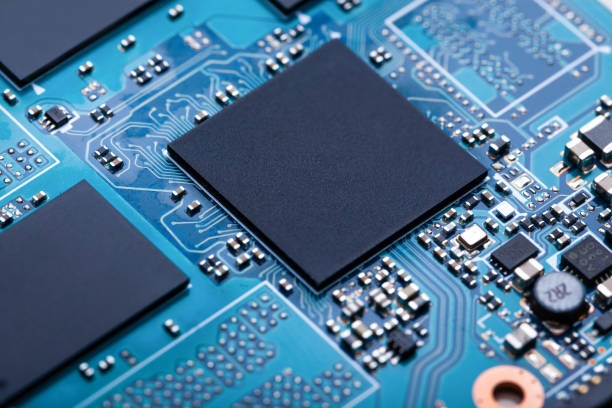Microcontrollers (MCUs) are the backbone of embedded systems, powering devices from fitness trackers to industrial automation. Selecting the right MCU¡ª8-bit or 32-bit¡ªrequires balancing performance, cost, and application needs. This article outlines key considerations for choosing between these architectures.
What Is an MCU?
An MCU is a compact integrated circuit containing a processor core (CPU), memory (flash and RAM), and programmable I/O peripherals. It enables data collection, sensing, and control in applications like automotive systems, medical devices, appliances, and IoT devices. MCUs bridge communication protocols and hardware, often running real-time operating systems (RTOS).
Common MCU Features
Regardless of architecture, MCUs share core components:
- Core Architecture: Defined by bit depth (8, 16, or 32 bits), which determines register size and addressable memory (e.g., 8-bit: 256 addresses; 32-bit: up to 536MB).
- Memory: Flash stores program code; RAM holds runtime data.
- Peripherals and Interfaces: Enable interaction with the external world (e.g., temperature sensors, motor control).
- Security: Protects firmware, private data, and service execution.
8-Bit MCUs
Since the 1980s, 8-bit MCUs have been a staple in embedded systems due to their simplicity and cost-effectiveness. They remain relevant for IoT and low-complexity applications.
Popular 8-Bit Architectures
- PIC: Developed by General Instruments (now Microchip), used in toys and remote controls.
- AVR: Atmel¡¯s architecture, powering Arduino boards for hobbyists and professionals.
- 8051: Intel¡¯s 1980 design, widely used in industrial and medical applications.
Advantages of 8-Bit MCUs
- Cost: Affordable for budget-sensitive projects.
- Power Efficiency: Lower power consumption for simple, battery-powered applications.
- Code Size: Smaller code footprint, ideal for memory-constrained systems.
- Ease of Use: Simple to learn with accessible tools and community support.
- Availability: Wide range of options for diverse applications.
Disadvantages of 8-Bit MCUs
- Limited Memory: Small address space restricts complex tasks or large datasets.
- Processing Speed: Limited instruction sets hinder performance in real-time or data-intensive applications.
32-Bit MCUs
32-bit MCUs excel in high-performance applications, handling complex computations and large data volumes, such as in drones, smart speakers, and IoT devices.
Popular 32-Bit Architectures
- ARM Cortex-M: Powers smartphones, wearables, and drones with high efficiency.
- PIC32: Microchip¡¯s solution for industrial automation and robotics.
- AVR32: Atmel¡¯s 32-bit extension of AVR, blending usability and power.
- RISC-V: An open-source architecture gaining traction for its flexibility in IoT and high-performance computing.
Advantages of 32-Bit MCUs
- Processing Power: Handles complex computations (e.g., FFT, audio/video processing) with higher clock speeds and more RAM/flash.
- Memory: Wider data paths enable faster transfers and support for large datasets or operating systems.
- Peripherals: Advanced interfaces (e.g., USB, Ethernet, CAN) and high-precision ADCs/DACs for modern applications.
- Coding Efficiency: Processes more instructions per cycle, reducing power and improving performance.
- Libraries and Drivers: Extensive, well-maintained libraries streamline development.
Disadvantages of 32-Bit MCUs
- Power Consumption: Higher complexity increases power demands, requiring careful energy management.
- Complexity: More difficult to program and debug.
- Code Size: Larger code footprints can challenge memory-constrained applications, though optimization tools help.
Key Considerations for Choosing an MCU
Selecting between 8-bit and 32-bit MCUs depends on application requirements:
- Cost and Simplicity: 8-bit MCUs are ideal for budget-conscious, low-complexity tasks like wireless sensors or battery-powered devices.
- Performance and Features: 32-bit MCUs suit data-intensive or real-time applications, such as multimedia processing or advanced IoT systems.
- Power Constraints: 8-bit MCUs offer better power efficiency for simple tasks; 32-bit MCUs require optimization for low-power modes.
- Development Time: 8-bit MCUs are easier to learn, while 32-bit MCUs benefit from robust libraries but demand more expertise.
Conclusion
Both 8-bit and 32-bit MCUs have unique strengths in embedded systems. For cost-sensitive, simple applications, 8-bit MCUs excel due to their affordability and efficiency. For high-performance, complex tasks, 32-bit MCUs provide superior processing and peripheral support. Developers should evaluate functional requirements, power budgets, and development resources to make an informed choice.
 ALLPCB
ALLPCB







